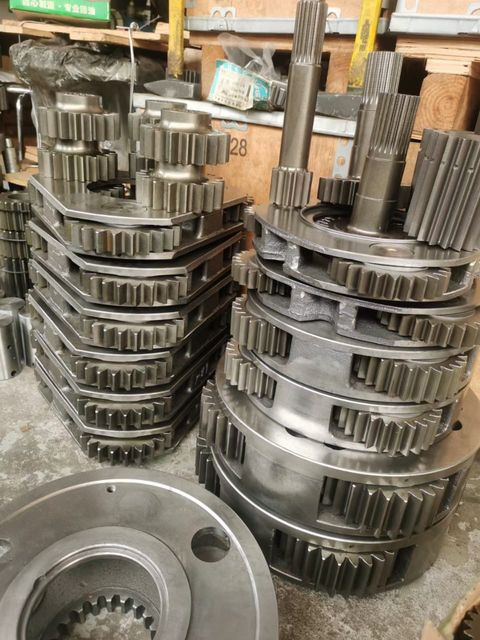
Gearbox Carrier for excavator
Last Update
Price:
R.F.Q.
Share Product:
Detail
Here’s how a gearbox typically operates:
Speed Reduction/Increase: A gearbox can either increase or decrease the rotational speed of the output shaft compared to the input shaft of the motor. For example, a gearbox may reduce the speed of a high-speed motor to drive a slower-moving mechanism, such as the tracks of an excavator.
Torque Amplification/Reduction: By changing the gear ratio between the input and output shafts, a gearbox can increase or decrease the torque output of the motor. This allows a motor to exert more force (torque) at lower speeds or less force at higher speeds.
Power Transmission: While a gearbox can change the speed and torque of the output shaft, it does not directly affect the pressure output of the motor. Pressure in a hydraulic system is typically controlled by the hydraulic pump, which regulates the flow rate and pressure of hydraulic fluid.
In hydraulic systems, the pressure generated by the hydraulic pump is determined by factors such as the pump’s displacement volume, speed, and load on the system. The gearbox may be used to match the speed and torque requirements of the hydraulic pump to the motor, but it does not directly control the pressure output of the motor or the hydraulic system.
Therefore, while a gearbox is crucial for adapting the motor’s output to the requirements of a specific application, it is not directly involved in reducing the pressure of the motor. That task is typically handled by other components such as pressure relief valves or flow control valves within the hydraulic system.
Specification
| Keyword | |
| Brand | |
| Origin | MY |
Catalogue Download